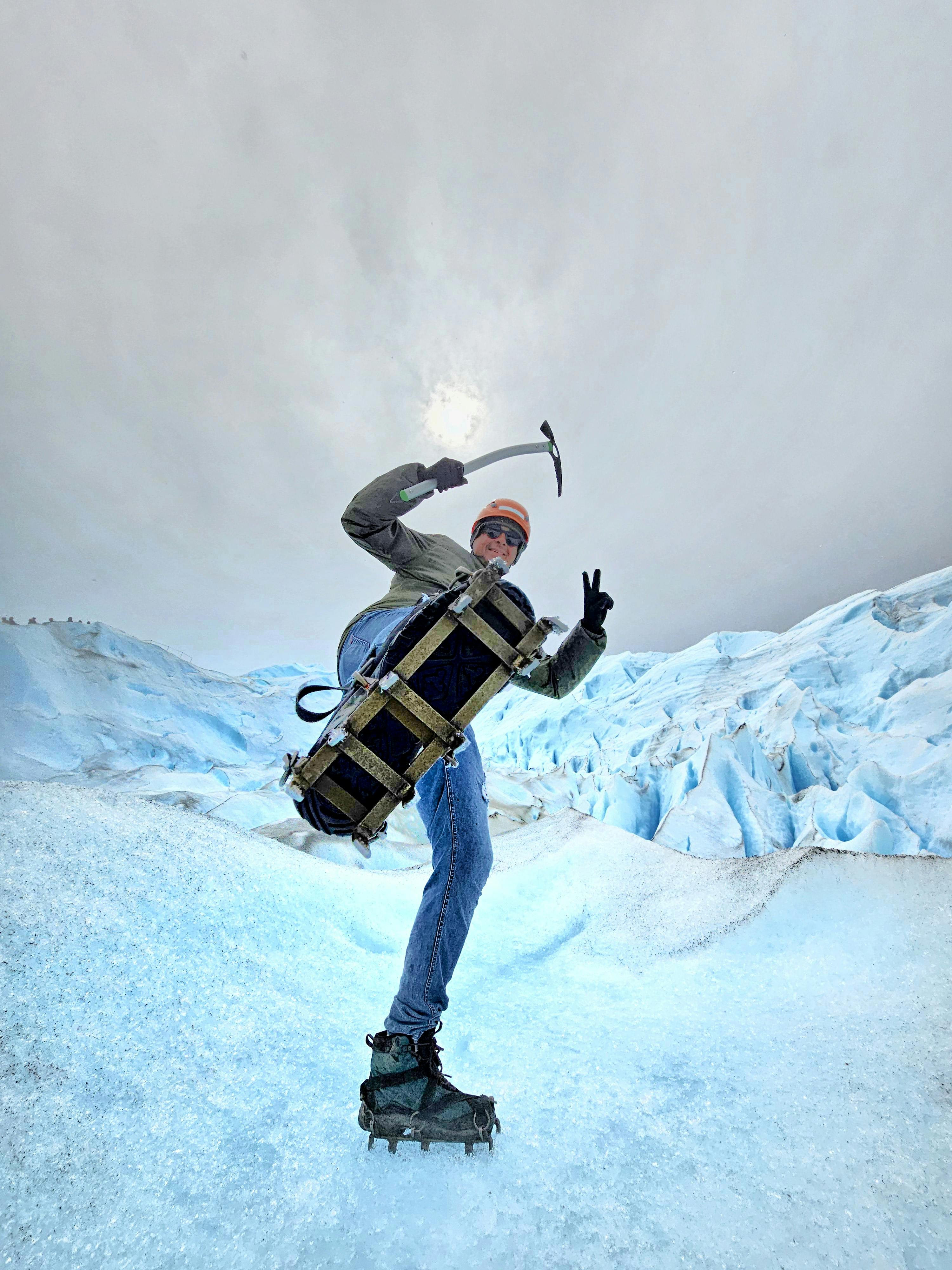Breaking the Ice: The Thrilling World of Ice Climbing
Ice climbing, once considered a fringe sport, is now a recognized discipline in the world of adventure sports. It has evolved from an activity undertaken by mountaineers to acclimatize and prepare for challenging alpine conditions, to a standalone sport with its own unique challenges, training methods, and competitions. Let's delve into the chilling world of ice climbing and explore its history, current trends, and future potential.

The Frosty Beginnings: Historical Context of Ice Climbing
Ice climbing began as a survival skill for mountaineers navigating through the icy terrains of the Himalayas and the Alps. The first recorded instance of ice climbing dates back to the 19th century when British mountaineer Albert Frederick Mummery successfully ascended the ice-clad Aiguille du Grépon in the French Alps.
The Advent of Modern Ice Climbing: Equipment and Technique Revolution
The evolution of ice climbing equipment in the mid-20th century transformed the sport. The introduction of front-pointing crampons and curved ice axes enabled climbers to ascend steep, vertical ice walls directly, a technique known as front-pointing. This development revolutionized ice climbing, shifting it from a mountaineering subset to an independent sport.
Current Trends: Ice Climbing Competitions and Indoor Ice Walls
In modern times, ice climbing has moved beyond the mountains. Competition ice climbing, introduced in the 2000s, involves athletes climbing artificial ice structures under timed conditions. Indoor ice climbing gyms, offering controlled environments, are another emerging trend, making the sport accessible to a wider audience.
Benefits and Challenges of Ice Climbing
Ice climbing is a physically and mentally demanding sport that offers numerous benefits. It not only improves strength, endurance, and flexibility but also enhances problem-solving skills and stress management. However, the sport’s extreme nature poses significant risks, including hypothermia and avalanches, necessitating proper training and safety measures.
Frozen Future: The Road Ahead for Ice Climbing
The future of ice climbing looks promising with the sport’s inclusion in the 2022 Winter Youth Olympics. This recognition will likely spur further growth and innovation in the sport. However, the escalating effects of global warming on the world’s glaciers pose a significant challenge to outdoor ice climbing, underscoring the importance of environmental stewardship in the sport’s future.
The thrilling world of ice climbing offers a fascinating blend of physical challenge, mental resilience, and connection with nature. As this icy sport continues to evolve and gain recognition, it presents a unique opportunity for athletes yearning for a unique, adrenaline-fueled experience.





